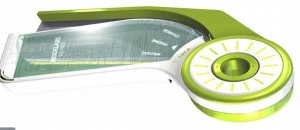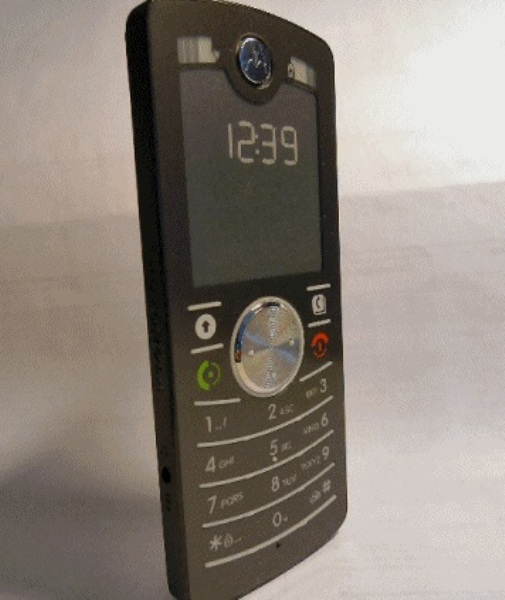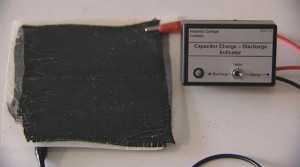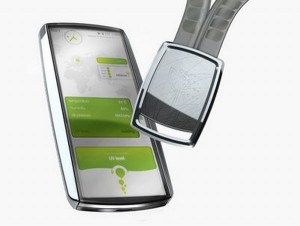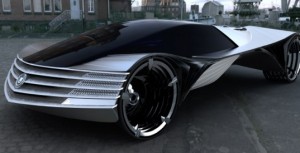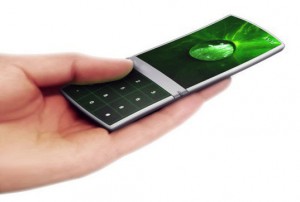Smartphones of today
The world of cellphones is expanding with new models being launched almost every day. Back in 1973, when the first cellphone was made; it was a bulky object with not many functions other than that of making and receiving calls. Now, cellphones have become like mini computers with multipurpose cameras, capable of storing substantial amounts of data, recording videos and music, linking to the internet, playing games and a whole host of other features. These phones fall under the category of smartphones owing to their intelligent capabilities. So essential have they become to consumers that the third quarter of the year 2011 saw 115 million units of these phones being sold worldwide.
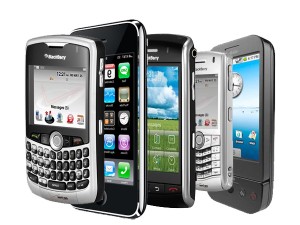
 Follow
Follow